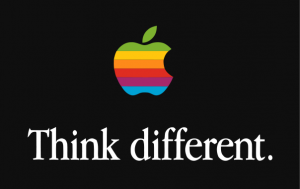Apple
Apple Asks Us to Think Different
Just a little over two weeks after naming Steve Jobs interim CEO, Apple launches their “Think Different” ad campaign. Designed to reintroduce the Apple brand, the campaign was nearly universally praised by the press, general public, and advertising industry, winning several awards along the way. Looking back in context, Think Different was the symbolic start of Apple’s resurgence from near-collapse in the 1990’s into the most valuable company in the world.
The campaign was anchored on the now-famous prose commonly called, “Crazy Ones“, which was narrated by Richard Dreyfus in the commercial most people are familiar with. It is commonly thought that Steve Jobs wrote Crazy Ones, but in fact it was written by Rob Siltanen and Ken Segall who worked at Apple’s advertising agency, TBWA/Chiat/Day. Read more about the history of the Think Different campaign.
http://www.youtube.com/watch?v=nmwXdGm89Tk
Here’s to the crazy ones. The misfits. The rebels. The troublemakers. The round pegs in the square holes. The ones who see things differently. They’re not fond of rules and they have no respect for the status quo. You can quote them, disagree with them, glorify or vilify them. About the only thing you can’t do is ignore them. Because they change things. They push the human race forward. And while some may see them as the crazy ones, we see genius. Because the people who are crazy enough to think they can change the world are the ones who do.
Steve Jobs Named Interim CEO of Apple
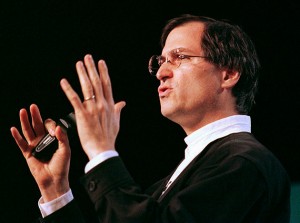
Twelve years to the day after resigning from Apple, Steve Jobs is named Interim CEO of Apple. Only seven months earlier, Jobs’ company NeXT was purchased by Apple and just two months earlier Gil Amelio resigned as Apple CEO. Much of the technology acquired with the purchase of NeXT was used to build the Mac OS X operating system, which became the core of the iOS operating system that runs the iPhone and iPad.
Steve Jobs Resigns from Apple

Five months after losing control of the company in a boardroom battle with John Sculley, Steve Jobs resigns from Apple. Jobs goes on to found NeXT and purchase Pixar before eventually returning to Apple.
The Last Apple II
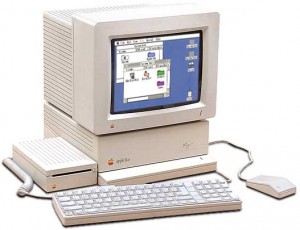
Apple introduces the Apple IIgs, the last major product release in the Apple II series of personal computers. Blending the older Apple II series computers with aspects from the Macintosh computer, the advanced “graphics and sound” capabilities of the IIgs (hence the name) was ahead of other contemporary computers such as the Macintosh and IBM PC. However, as Apple chose to focus on the Macintosh line of computers, Apple eventually ceased development of the Apple II series. The last IIgs was produced in December of 1992.
iPod Nano Introduced
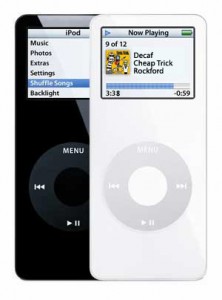
Apple introduces the iPod Nano, effectively replacing the iPod Mini. The move surprised many in the industry, as the iPod Mini was extremely popular. However, the use of flash storage instead of a hard drive allowed for a much smaller form factor, increased reliability, and better battery life. These improvements proved extremely popular with consumers as one million units were sold in the first 17 days. The pioneering use of flash storage in a consumer electronic device paved the way for its use in many future Apple product designs, such as the iPhone, iPad, and flash storage-based MacBooks.
Snow Leopard Released; The End of AppleTalk

Apple releases Mac OS X 10.6, “Snow Leopard” for their Macintosh computers. Snow Leopard was an important release as it was the first to drop support for PowerPC-based Macs and focus optimization for the Intel processor-based Macs. The networking protocol that Apple had used since the 1980’s, AppleTalk, was also discontinued in Snow Leopard. AppleTalk was the first true plug-and-play networking protocol and during its heyday in the late 80’s, AppleTalk was the most widely used networking protocol in the world.
Steve Jobs Resigns as Apple CEO
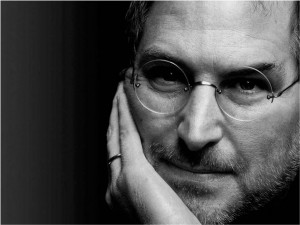
I have always said if there ever came a day when I could no longer meet my duties and expectations as Apple’s CEO, I would be the first to let you know. Unfortunately, that day has come. – Steve Jobs
Apple CEO Steve Jobs resigns amid rumors of failing health. Jobs passed away 43 days later on October 5, 2011.
Apple Loses to Microsoft in Court
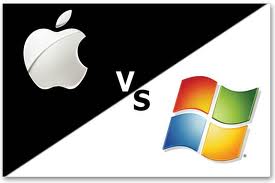
Perhaps the most famous lawsuit in technology history is decided for Microsoft. Apple claimed that Microsoft’s Windows violated their copyrights on the “visual displays” of the Macintosh. The judge in the case ruled that most of the claims were covered by a 1985 licensing agreement. Other claims were not violations of copyright due to the “merger doctrine”, which basically states that ideas can not be copyrighted. This paved the way for Microsoft to develop Windows 95, which imitated the Macintosh even more so than previous versions of Windows.
Mac OS X 10.2 Jaguar Released
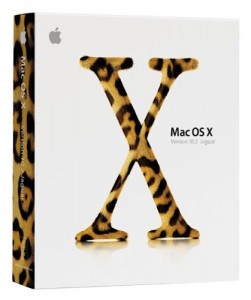
Apple releases Mac OS X 10.2, code-named Jaguar. For the first time, the “Happy Mac” icon is not part of a Mac operating system’s startup process, replaced instead by the gray Apple logo that is still in use today. Jaguar was also the first Mac operating system where Apple publicly used the code name to reference the operating system and for marketing purposes. All Mac OS releases since Jaguar have been referred to by its big cat-themed code name.
From my perspective, Mac OS X 10.2 was the first Mac OS X release that was truly usable. The previous releases (10.0 and 10.1) felt more like transitional stages from Mac OS 9. But Jaguar tied up a lot of loose ends from a usability standpoint and introduced many of the underlying technologies that are now standard parts of modern Mac operating systems.
The Original iMac Goes on Sale
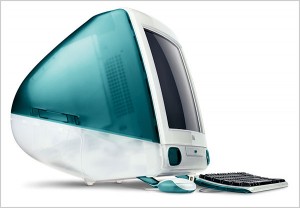
After three months of anticipation, the original iMac G3 goes on sale. The “Bondi Blue” iMac became well-known for its colorful case, which bucked the industry norm beige. However, it is also known for being the first commercially successful computer to eliminate the use of legacy ports and the floppy drive. Widely criticized at the time for not including the older technologies, by only featuring USB ports for peripheral connectivity, the iMac helped popularize the emerging standard, even on Windows PCs. And when was the last time anyone saw a beige PC?
I recall helping my uncle purchase one of the first iMacs at a CompUSA store on that first day. There were only 15 available and we were there early enough to grab one before they quickly sold out. Yes, I was totally jealous, but at least I got to help set it up 🙂

